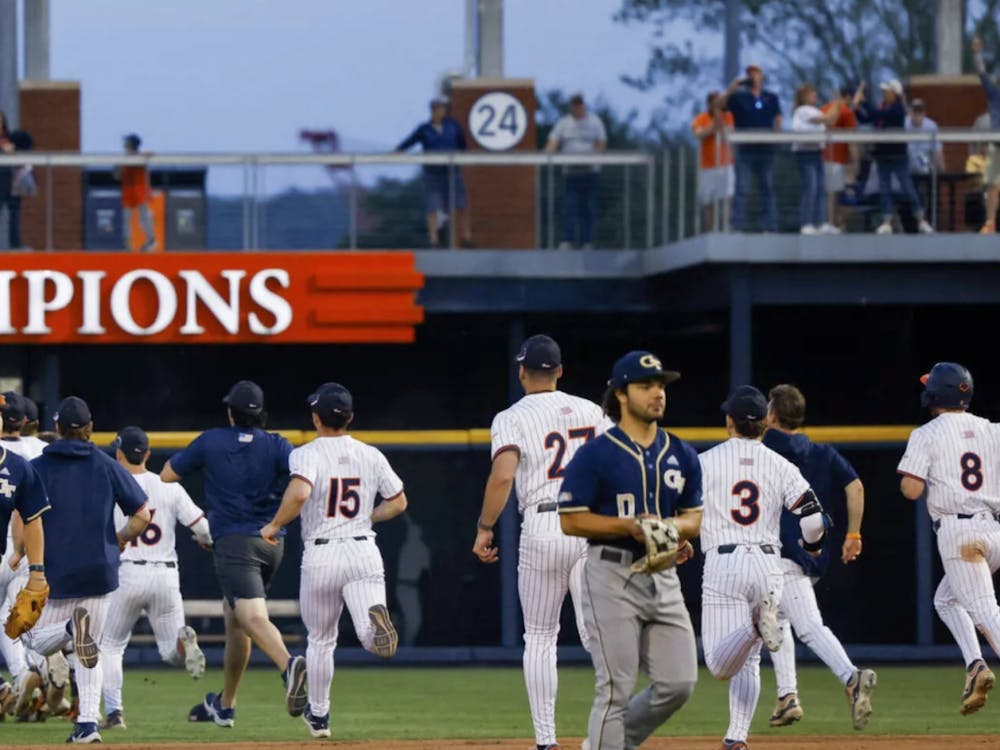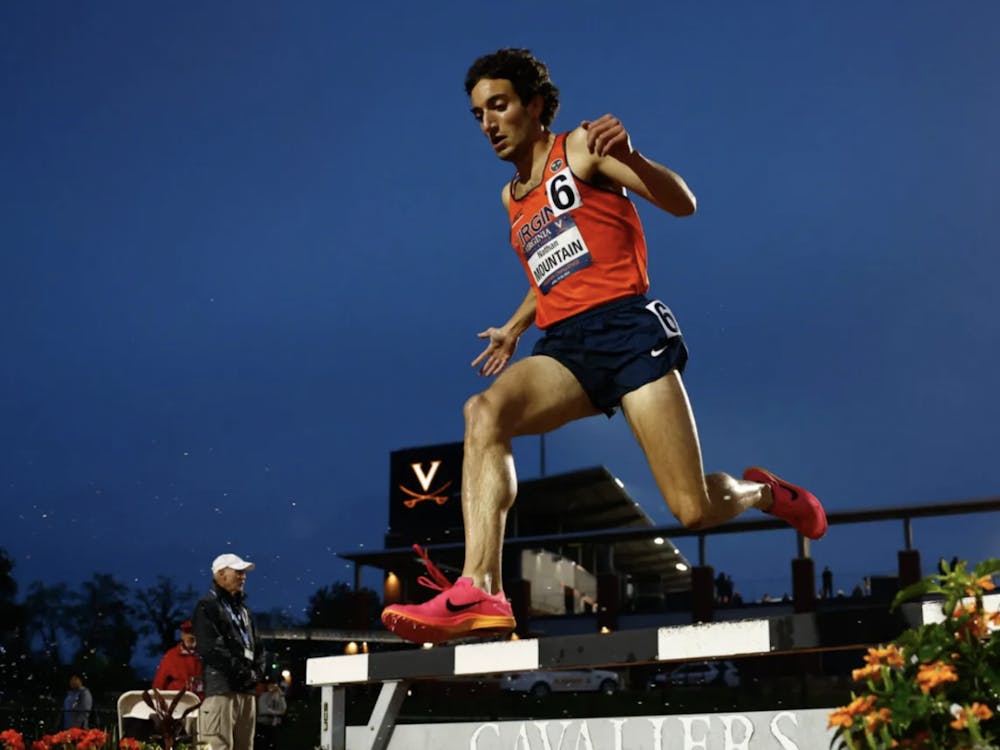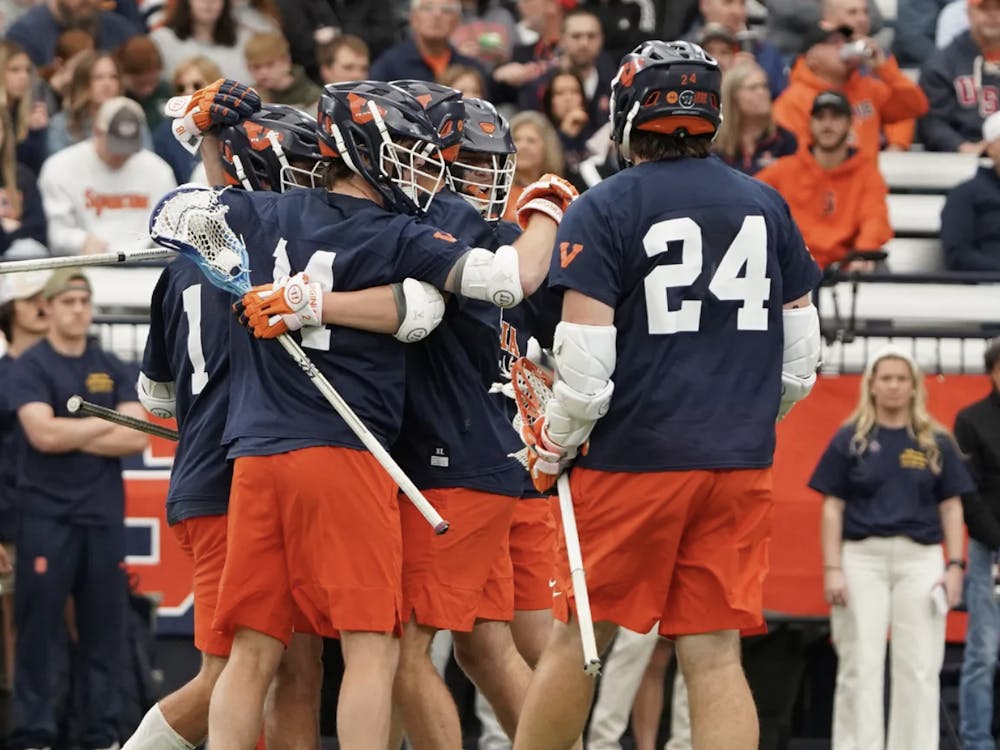Allegedly, the “hot hand” in basketball is merely a myth.
Researchers from Cornell and Stanford University studied NBA shooting records and conducted a controlled experiment with college athletes to conclude, “the outcomes of previous shots influenced [players’] predictions but not their performance.” Essentially, making one shot does nothing to increase the odds of sinking the next.
Thomas Gilovich et al. explained, “the belief in the hot hand and the ‘detection’ of streaks in a random sequence is attributed to a general misconception of chance according to which even short random sequences are thought to be highly representative of their generating process.”
Oh. Someone should tell North Carolina that.
I traveled to Chapel Hill Saturday and sat in the upper deck of the Dean Smith Center. By the midpoint of the second half, I expected the Tar Heels to jack up threes from my nose-bleed seats and still hit nothing but net.
From Reggie Bullock’s trey with 15:29 remaining to P.J. Hairston’s rainbow 10 minutes later, North Carolina shooters seemed to be wielding that supposedly nonexistent hot hand.
During that stretch, the Tar Heels buried 10-of-14 from the field, including a deadly 5-for-7 from behind the arc. More than just the stat sheet, however, their scoring flurry filled the Dean Dome with a sense of inevitability about a Tar Heel win.
I drove to Chapel Hill firmly believing the Tar Heels were beatable. Virginia had already dispatched them in Charlottesville, and North Carolina’s natural mystique had seemingly dimmed with the departure of five first-round draft picks after last season.
The game’s first half did little to change my impression. Granted, the Tar Heels 40 first-half points against a team that gave up just 41 total to Clemson should have alarmed me. Virginia’s own ballooned shooting percentage, however, suckered me into temporarily discounting the defensive lapse. And when Jontel Evans sank a 40-foot buzzer-beating heave, a part of me believed victory was destined.
Even Chapel Hill fans seemed subdued. Despite their arena’s sold-out crowd and storied history, North Carolina fans were surprisingly tame compared to their Cameron Indoor counterparts at Duke down the road. The student section screamed in sporadic bursts but also spent long stretches in relative silence.
When shots started falling, however, the noise level rose to a roar and left Virginia players lost in a crescendo of 20,000 screaming Carolina fans. Suddenly, all those national championship banners and retired jerseys — including the eminent No. 23 — seemed more imposing.
Unfortunately, Virginia got caught up in the chaos. Rather than stick to its patented defense-first, slow-down style of play, Virginia adopted a poor man’s version of North Carolina’s high-flying offense. Junior guard Joe Harris engineered a masterful second-half performance, finishing with a career-high 27 points. The Cavaliers, however, were always going to be hard-pressed to beat North Carolina at its own up-tempo game. Despite an offensive surge, the team struggled to keep its usual defensive intensity. As the Tar Heels imposed their fast-pace of play, Virginia coughed up 14 turnovers to North Carolina’s seven. In his postgame press conference, Bennett admitted that North Carolina’s torrid stretch threw Virginia out of its traditional game plan.
“I thought they got rhythm threes,” Bennett said. “They had us, pretty much, guessing and a step behind, and it’s a bad feeling when you’re sitting on the bench saying, `We can’t get a stop.’ You just can’t. We just exchanged buckets. Maybe that’s made for TV and everybody enjoys that, but it’s not fun when you’re sitting there trying to get stops.”
Ultimately, the nation’s second-best scoring defense gave up 93 points, 24 more than its previous season high. After the game, both Evans and Paul Jesperson told reporters, “That’s not us.”
And it wasn’t. Whether North Carolina caught lightning in a bottle or Virginia simply suffered an untimely letdown on defense, Saturday’s loss hardly represented the Cavaliers’ full playing potential.
Pundits often emphasize Virginia’s “bad losses” and are endlessly flummoxed by a bubble team that can down Wisconsin, NC State, North Carolina and Maryland yet lose to Delaware, George Mason and Old Dominion.
Saturday’s game, however, reminded me that losses can mislead. Everything about the performance — from our offensive explosion to our defensive implosion — strayed from Bennett’s usually-dependable formula. Predictably, an atypical playing style led to an atypical result for a team that had won six of its last seven, but nothing about the North Carolina game reflected the Virginia norm.
The Tar Heels were just one of two teams to hit at least nine 3-pointers against the Cavaliers this season. The other was Old Dominion.
Bracketologists often diminish Virginia’s tournament candidacy on the basis of its “bad losses,” but do three awful losses and three bad ones say more about the Cavaliers than their 18 wins? Will a young team struggling in its first three games weigh more on its fate than the games to come?
I left the Dean Dome disappointed in seeing a six-minute shooting streak spoil a six-hour roundtrip, but I refuse to overestimate the importance of a somewhat fluky loss. I hope the selection committee doesn’t, either. Losses clearly matter, but they should also be viewed within a larger context and not overshadow a full season’s work. Sometimes losses are telling, but as the Stanford researchers would say, sometimes teams just hit “streaks in a random sequence.”




